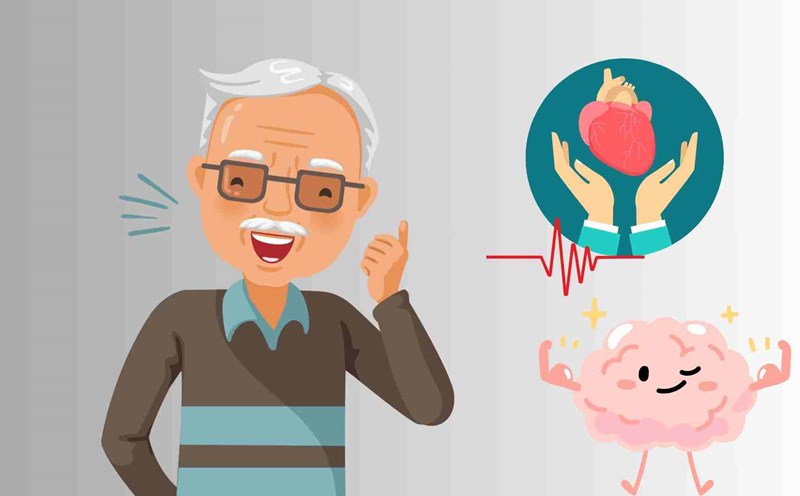High temperatures in the summer can affect cardiovascular health, especially when participating in outdoor physical activities.
The warning signs below will help practitioners recognize and take preventive measures to protect their health, especially problems related to cardiovascular disease.
Accordingly, when exercising in hot weather, the body has to be more active, leading to increased heart rate. In addition, dehydration and electrolytes caused by excessive sweating can also lead to cramps, exhaustion due to heat or even heatstroke.
To minimize the above risks, you should avoid exercising outdoors between 12 noon and 3pm, when the hot weather is at its peak.
Instead, choose early morning or late afternoon, when the weather is cooler. Start exercising at a gentle intensity and then gradually increase it so that the body can adapt to the outdoor temperature.
Practitioners should also pay attention to signs such as fatigue, dizziness, nausea, cramps or redness of the skin that can be signs of fatigue and exhaustion due to heat. If you do not take time to rest in a cool place and do not drink rehydration, the body will experience heatstroke.
When exercising in hot weather, be sure to choose clothes with light material, light color and ventilation to help the body cool better. Drink enough water before, during and after exercising, even if you do not feel thirsty.
Use sunscreen to avoid the harmful effects of UV rays. And if you feel unwell, you should reduce the intensity or stop exercising to have time to rest and recover your strength.
Elderly people or people with cardiovascular problems need to be more careful when exercising in hot weather.








